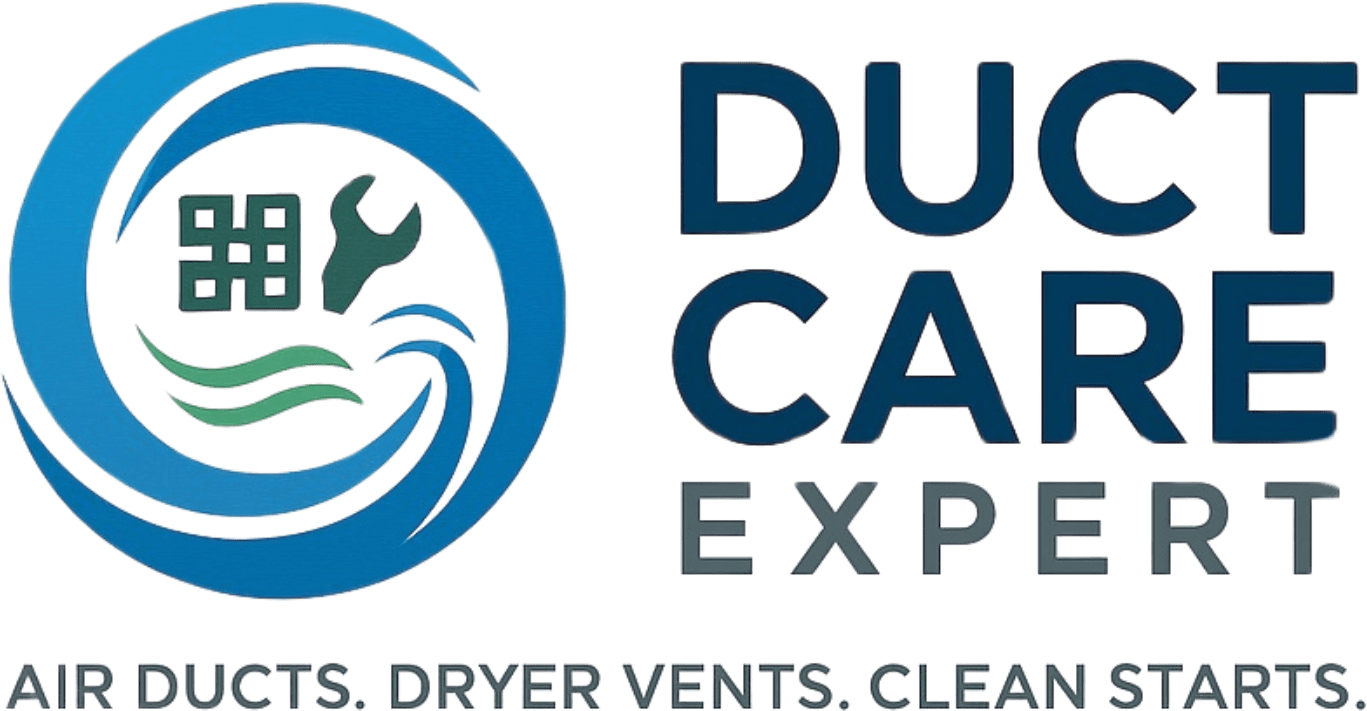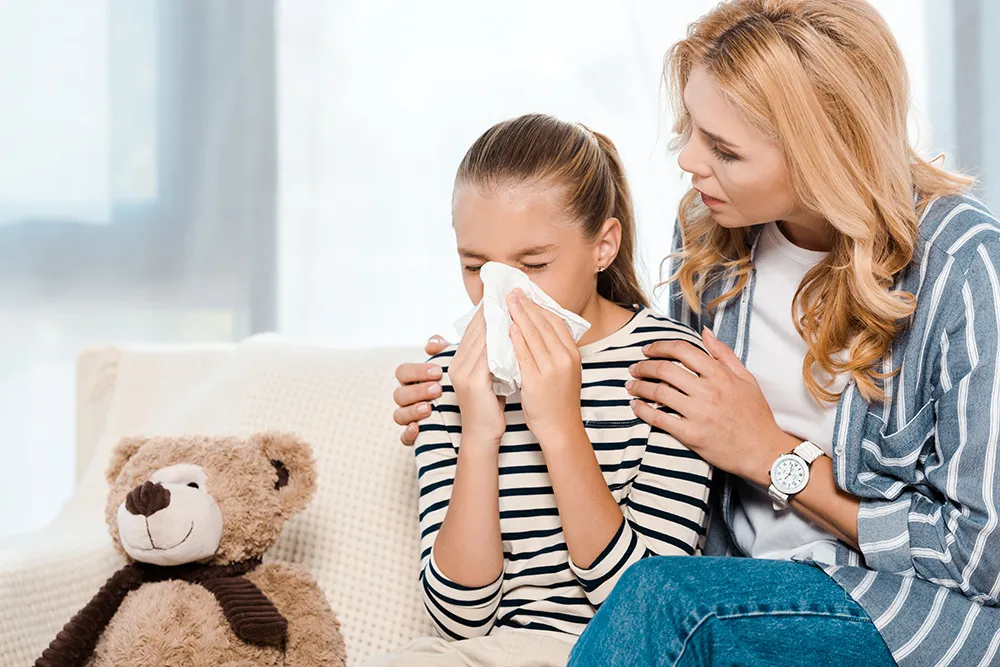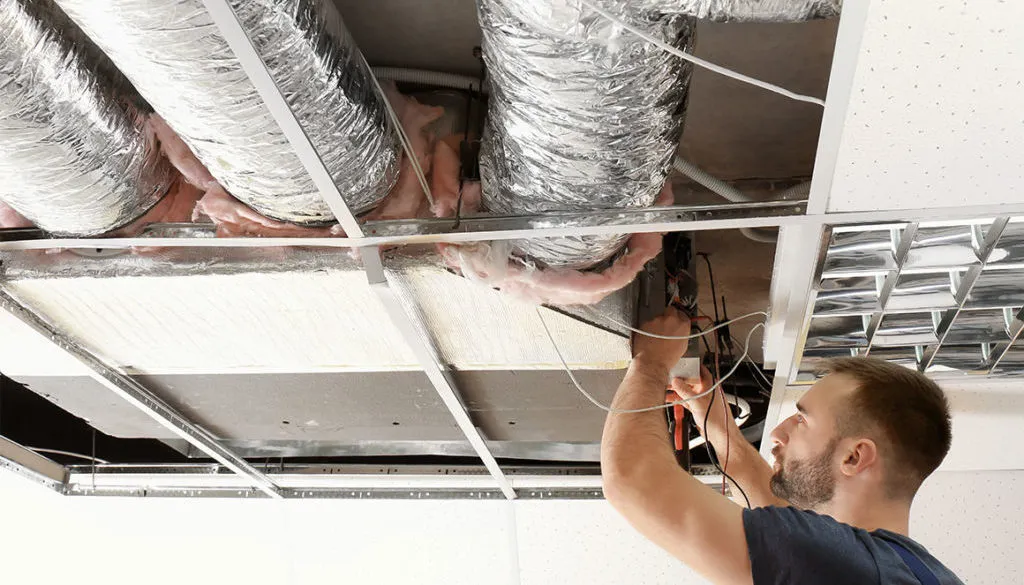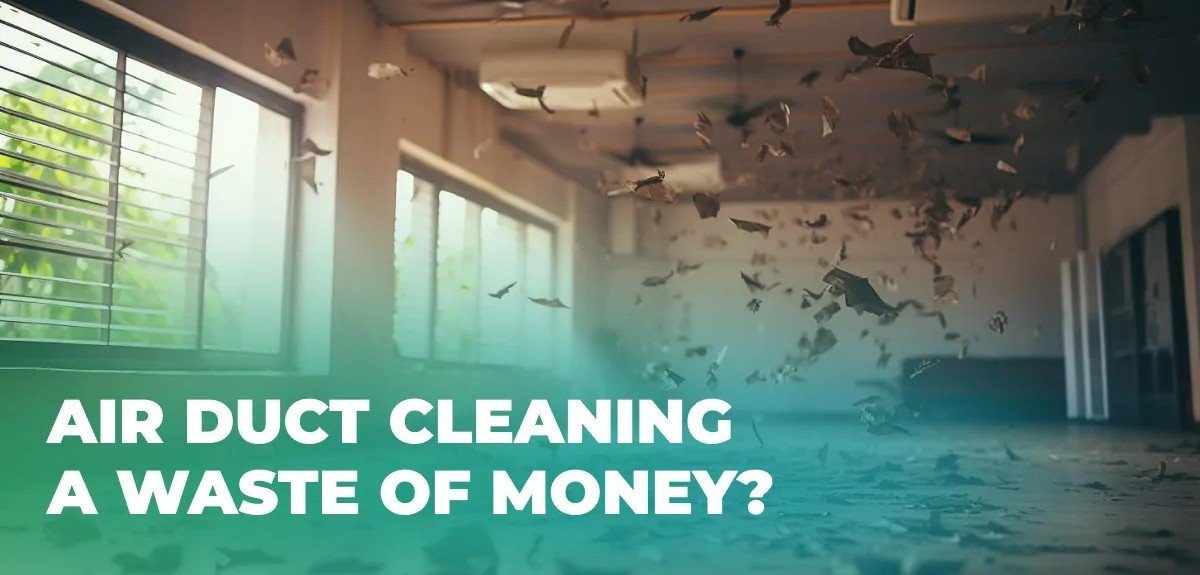
26 Aug
If you start to see more dust than normal, strange smells when the HVAC turns on, or family members who are saying they are sneezing at home, your ductwork may be in your sights. The question always resurfaces at once: is duct cleaning a waste of money or a one-time quality fix that will make your life significantly more comfortable and of improved air quality? The truth is: it varies with the physical condition of your home and the quality of the work done, and with what you want to accomplish.
Below is a practical, in-depth guide to help you decide with confidence—no scare tactics, no fluff.
What “duct cleaning” actually includes
Duct cleaning is more than just vacuuming a vent. A thorough, professional service typically covers:
- Supply and return ducts (the full run, not just the first two feet)
- Registers and grilles
- Air handler/blower compartment
- Plenum boxes
- Accessible evaporator coil and drain pan (sometimes offered as an add-on)
- Negative-pressure vacuuming with mechanical agitation (brushes/air whips) to dislodge debris.
- Before-and-after documentation (photos or videos)
If a company only waves a shop-vac at the registers for twenty minutes, that’s not duct cleaning—that’s dust redistribution.
What duct cleaning can (and can’t) do
Can help with:
- Visible debris is being blown into rooms
- Post-renovation dust after drywall sanding or major remodeling
- Localized odors from contaminants inside ducts
- Pest issues (evidence of insects/rodents, nests, droppings)
- Moisture-related problems, when paired with fixing the moisture source
Can’t guarantee:
- Cure-all for allergies/asthma. Many allergens originate in carpets, bedding, and soft furnishings. If ducts aren’t contaminated, cleaning them won’t transform indoor air on its own.
- Big energy savings. If the ducts weren’t obstructed, airflow and efficiency may not change much.
- Long-term fixes without root-cause repair. If you don’t address moisture intrusion, duct leaks, or missing filters, dust and growth can return.
So, is duct cleaning a waste of money if your ducts are already clean, well-sealed, and properly filtered? Possibly. If the problem lives elsewhere (leaky home envelope, poor filtration, or high indoor humidity), cleaning ducts won’t move the needle.
Signs you likely do need duct cleaning
Use this checklist to tilt the decision one way or the other. If you can say “yes” to several of these, cleaning is more likely to be worth it:
- You see particles blowing from registers when the fan starts.
- There’s visible mold or microbial growth on accessible duct surfaces or inside the air handler (and you’re also fixing the moisture source).
- You’ve had a pest event—droppings, nests, or carcasses discovered in or near ductwork.
- The home underwent major renovations (drywall, sanding, cutting tile/stone) without full containment and HEPA air scrubbers.
- Persistent, localized odors traceable to a specific duct run.
- Filters clog unusually fast, suggesting heavy upstream debris.
- Duct insulation is deteriorating and shedding fibers into the airstream (common in very old internally lined ducts).
In these scenarios, the question is duct cleaning being a waste of money usually flips to “no”—as part of a targeted remediation plan.
When duct cleaning may not be worth it
- No visible contamination and no dust blowing into rooms
- Consistently, clean filters are changed on schedule.
- Well-sealed ducts with good return paths and no comfort issues
- Clean evaporator coil and blower, verified by a tech.
- Odors traced to other sources (drains, refrigerators, carpets, pets)
In these conditions, asking is duct cleaning a waste of money is fair, and the answer may be “yes, save your budget for better filtration, sealing, and humidity control.
Cost–benefit: how to think about the money
What you’re paying for: time, equipment (high-powered negative-air machines, HEPA filtration), and thorough access to the system. Prices vary by region, home size, number of registers, and whether the air handler and coil are included.
When the investment pays off:
- You remove sizable debris loads that were blowing into rooms
- You resolve moisture + contamination together (not one without the other)
- You pair cleaning with duct sealing and filtration upgrades, preventing re-soiling
- You fix pest contamination and sanitize safely.
When it doesn’t:
- The ducts were already clean, and the underlying issues (humidity, leaks) remain unsolved
- The provider rushes or only cleans visible sections.
- No before/after evidence is provided
Don’t skip the root causes.
Even if you decide to clean, you’ll only get lasting results if you address why the ducts got dirty:
- Humidity control: Keep indoor RH roughly 40–55% to discourage microbial growth.
- Filtration: Use a quality filter (often MERV 8–13 is a good sweet spot for residential systems) and change it on schedule.
- Duct sealing: Leaky return ducts can suck in attic/crawlspace dust. Mastic + proper sealing can be a bigger upgrade than cleaning alone.
- Housekeeping & source control: HEPA vacuuming carpets, washing bedding, controlling pet dander, and capturing cooking/fabric lint all matter.
- Coil and drain maintenance: A clean evaporator coil and clear drain pan prevent slime and odors that can recirculate.
How to choose a reputable provider
Not all duct cleaning is created equal. Use these filters:
- Method: Ask if they use negative pressure with sealed containment and mechanical agitation throughout the system—not just a quick vacuum at registers.
- Scope: Confirm supply and return trunks, branch runs, registers, plenum, blower compartment, and (when accessible) coil/drain pan.
- Evidence: Require before/after photos or videos from the same locations.
- Standards: Look for adherence to recognized practices (e.g., industry associations and written procedures). Beware of miracle “fog” upsells that skip source removal.
- Chemicals: Be cautious with biocides or fragrances. If used, you should understand the product, dwell time, and safety data—and only after mechanical cleaning.
- Time & access: A thorough job takes meaningful access and care. If a quote promises a whole-house clean in a blink, be skeptical.
What a proper cleaning visit looks like (quick checklist)
- Protects home surfaces; sets up containment
- Access panels opened/installed where needed (and resealed after)
- Registers/grilles removed and cleaned.
- Agitation tools run through all ducts while a negative-air machine captures debris.
- Air handler/blower compartment cleaned; coil/drain pan addressed if included.
- Sanitizers are only used (if at all) after physical debris removal and with clear consent.
- Photos/videos taken before and after from the same angles
- All access points sealed airtight, registers reinstalled, workspace cleaned.
Smart alternatives (or complements) to duct cleaning
If you decide duct cleaning is a waste of money for your situation, consider these higher-leverage upgrades:
- Upgrade your filter + schedule: Choose a filter your blower can handle and replace it on time.
- Seal duct leaks: Reduces dust infiltration, improves comfort, and can lower bills.
- Service the coil and blower: A dirty coil can be a bigger bottleneck than dirty ducts.
- Control humidity: A dehumidifier or better ventilation strategy can eliminate the conditions for growth.
- Source capture: Use exhaust fans when cooking/showering; entry mats; regular HEPA vacuuming.
How often should ducts be cleaned?
There’s no universal schedule. Think condition-based maintenance:
- Inspect (visually) every 2–3 years or after major projects.
- Clean when evidence exists—visible debris blowing into rooms, contamination, odors traceable to ducts, or post-renovation dust.
Routine, clockwork cleaning without signs of contamination often leads homeowners to ask Is duct cleaning a waste of money, and in many homes, the better investment is filtration + sealing.
FAQs
1) Will duct cleaning improve allergies?
Sometimes, if allergens or mold are actually in your ducts, and you fix moisture sources. But many indoor allergens live in fabrics and dust reservoirs. Pair ductwork with cleaning soft surfaces, better filtration, and humidity control.
2) Can duct cleaning lower energy bills?
Only if airflow was meaningfully restricted or components (like the blower/coil) were dirty. If ducts were already clean and sealed, savings are usually modest or negligible.
3) Is sanitizer/fogging necessary?
Not by default. Source removal (vacuum + agitation) is the priority. If a biocide is proposed, you should understand the exact product, safety data, and where/why it’s being used.
Bottom line
The big question is not whether duct cleaning is a waste of money, but references to what problem am I addressing and the most direct way to solve this problem. A rigorous, standards-based cleanout case your ducts have definitive contamination, you encountered pests, or building dust has infiltrated the system, rigorous, standards-based cleaning can definitely be worth it.
Improving filtration and humidity control, as well as maintenance of the coil and sealing of the ducts, is preferable first over a clean system that is poorly sealed. That is how you safeguard indoor air quality and comfort as well as your wallet in the long term.
